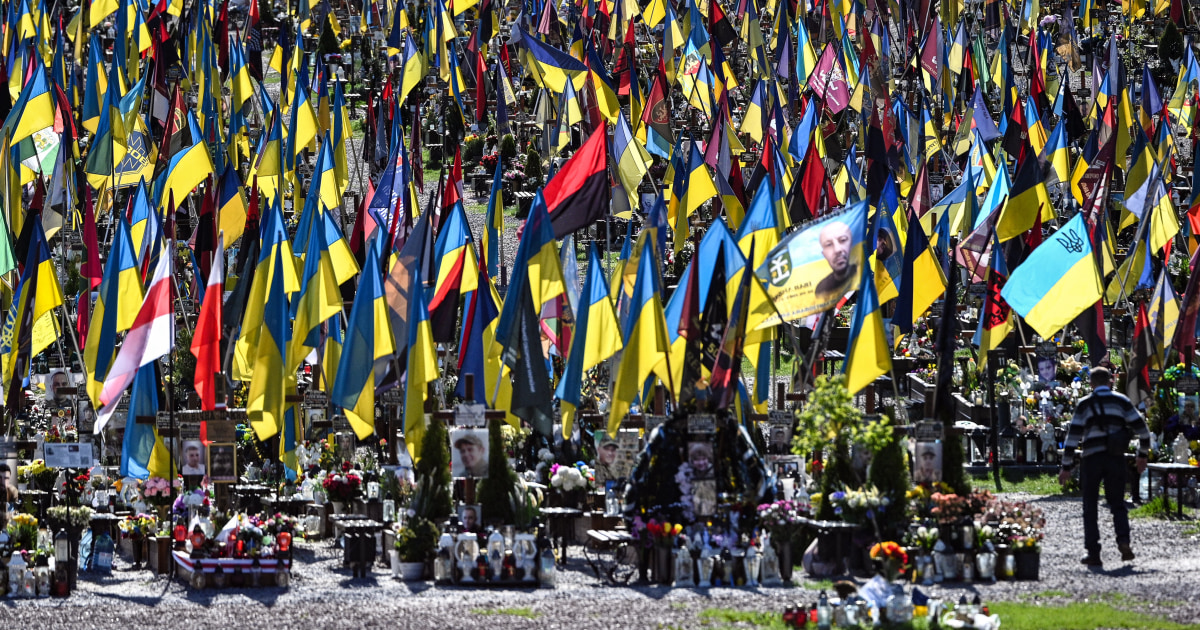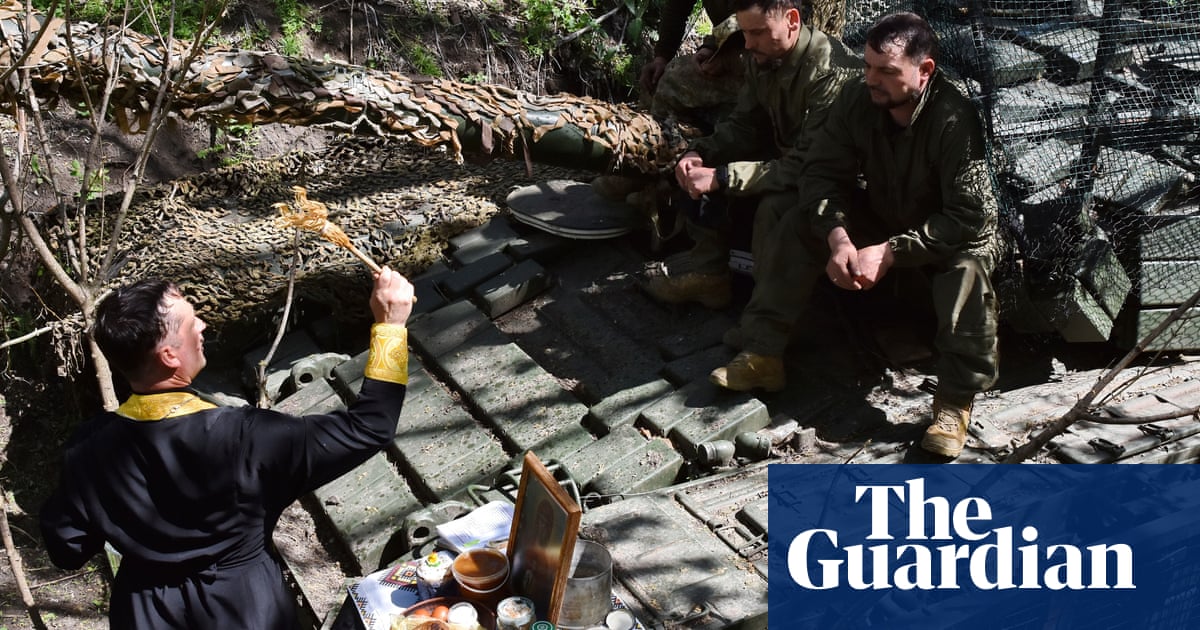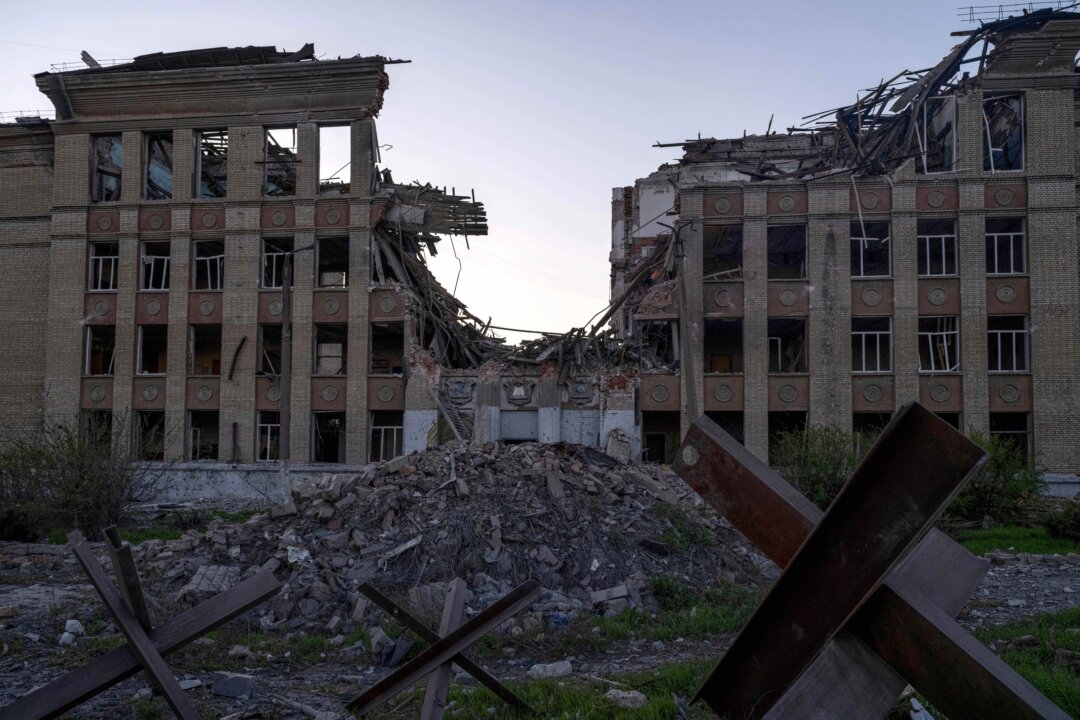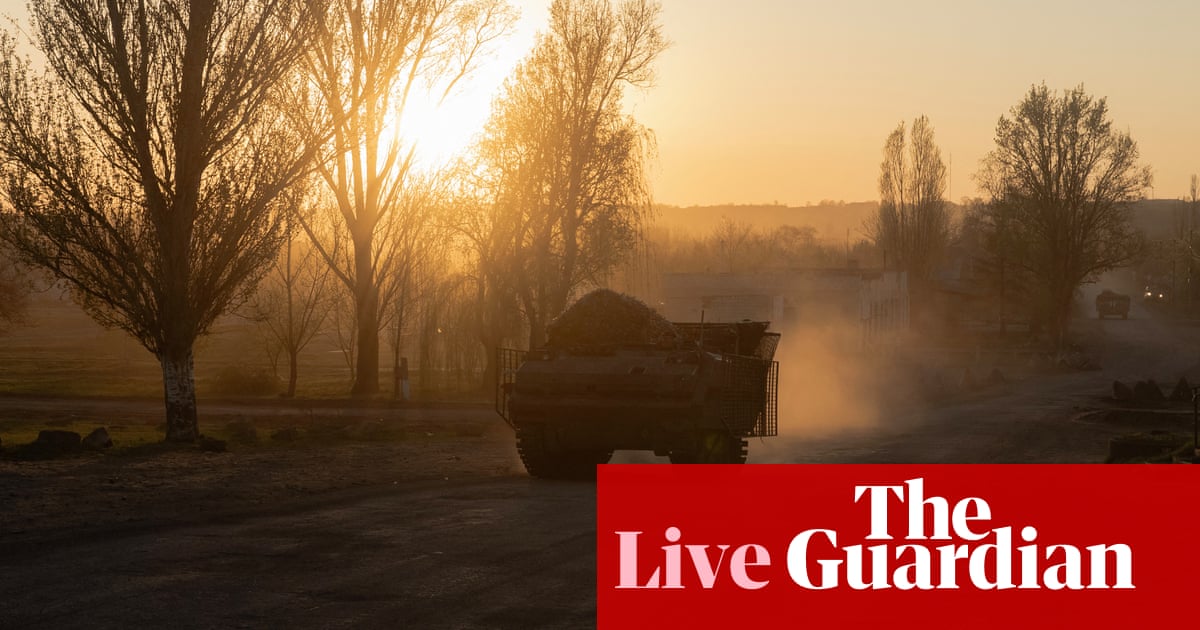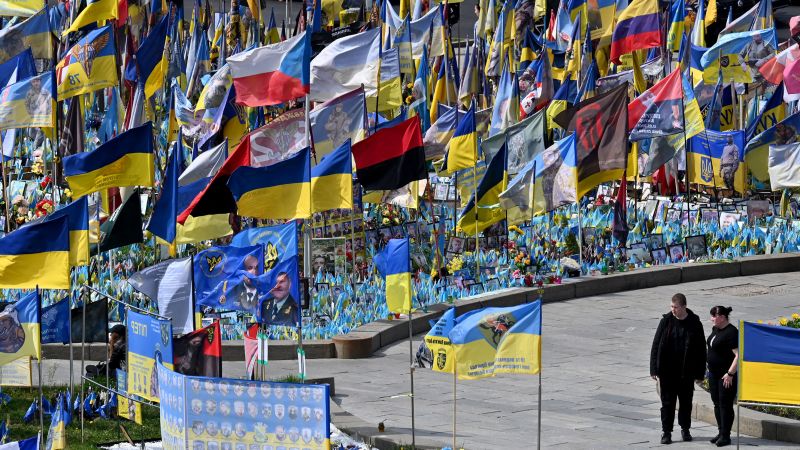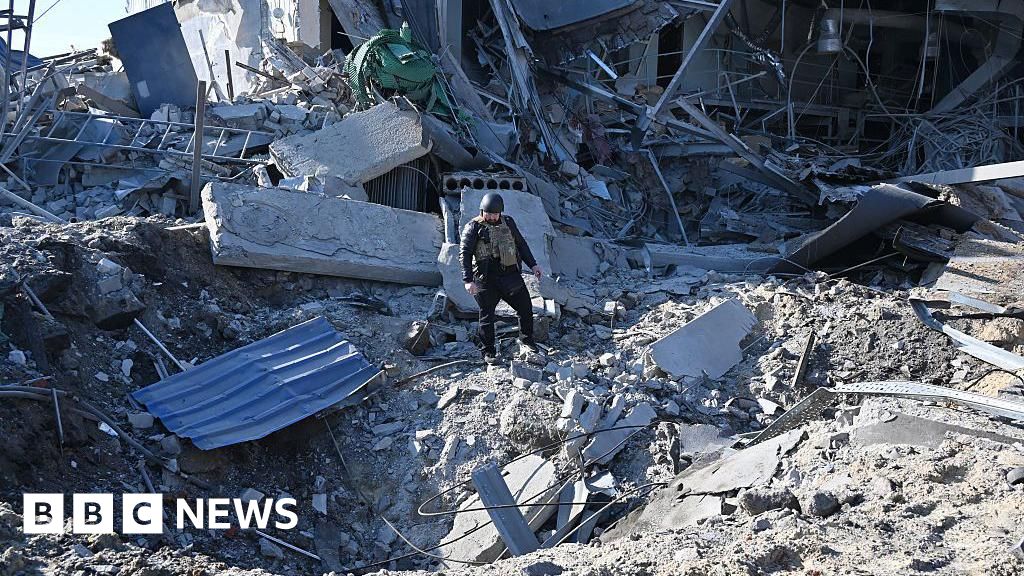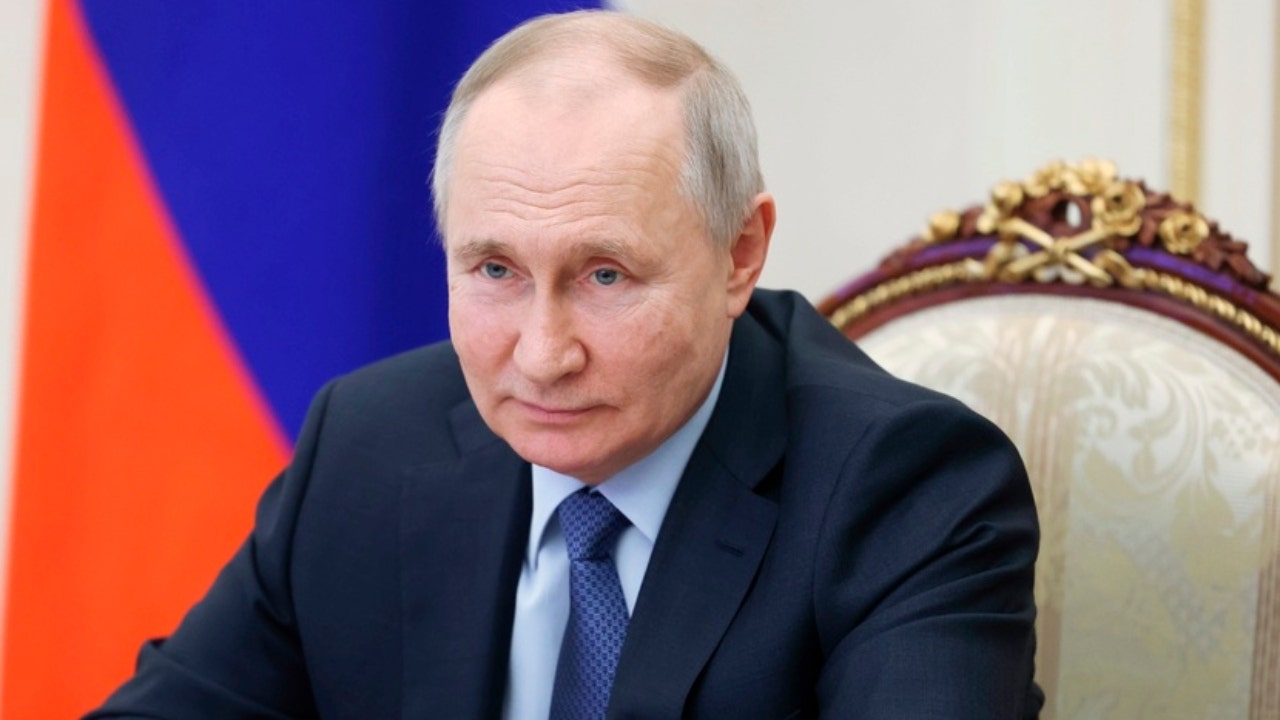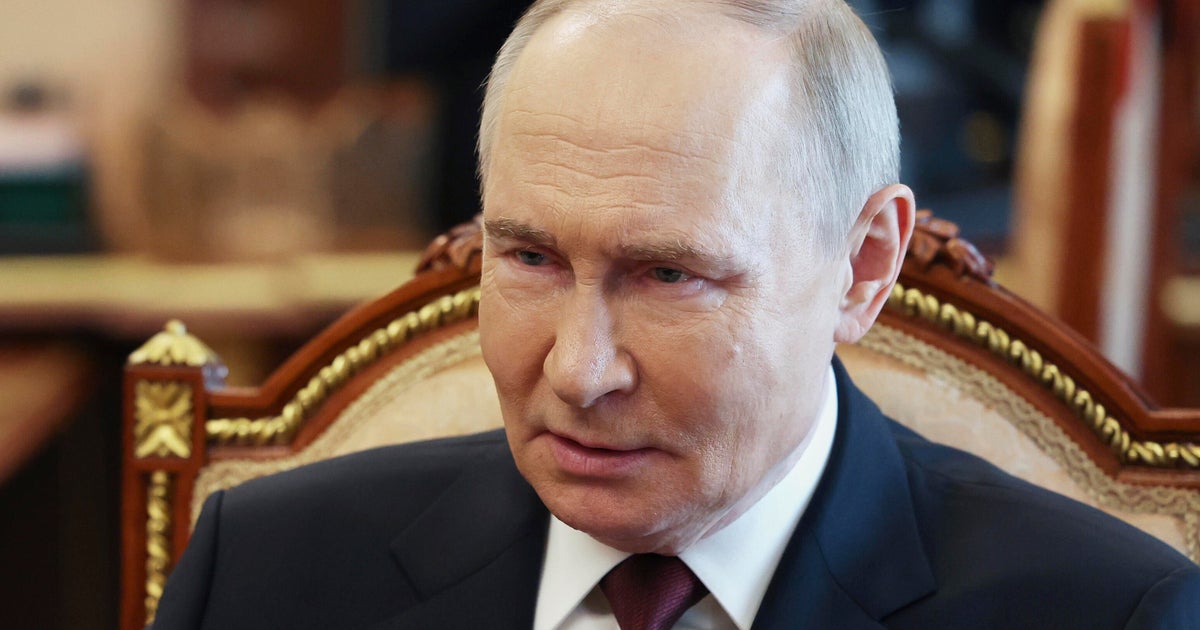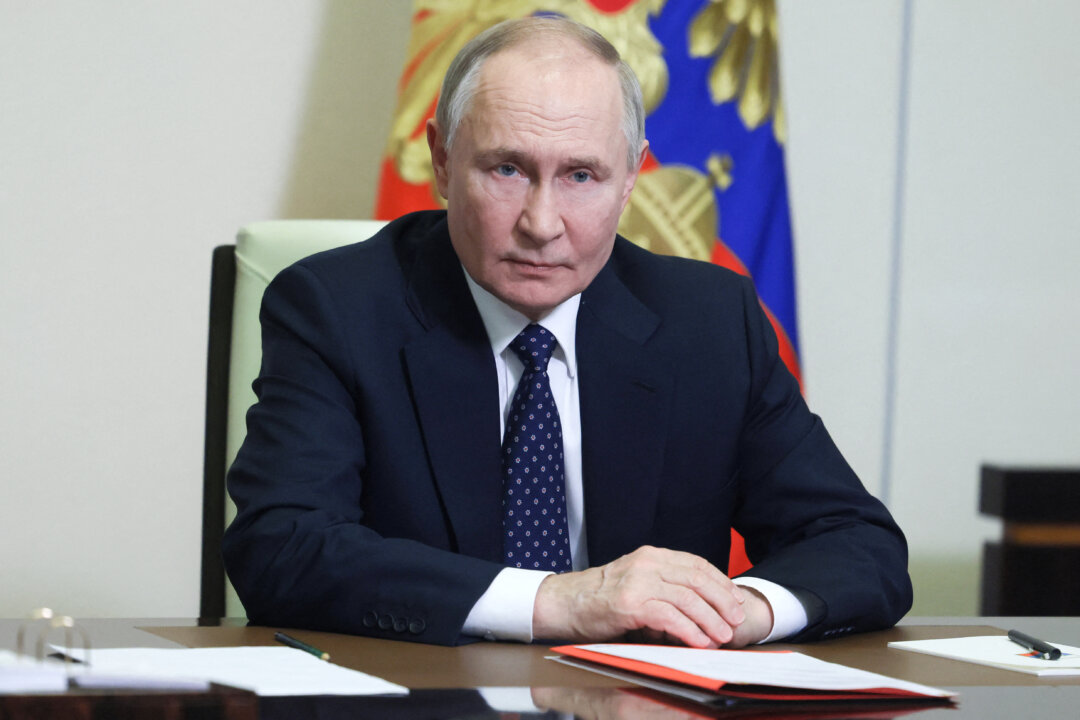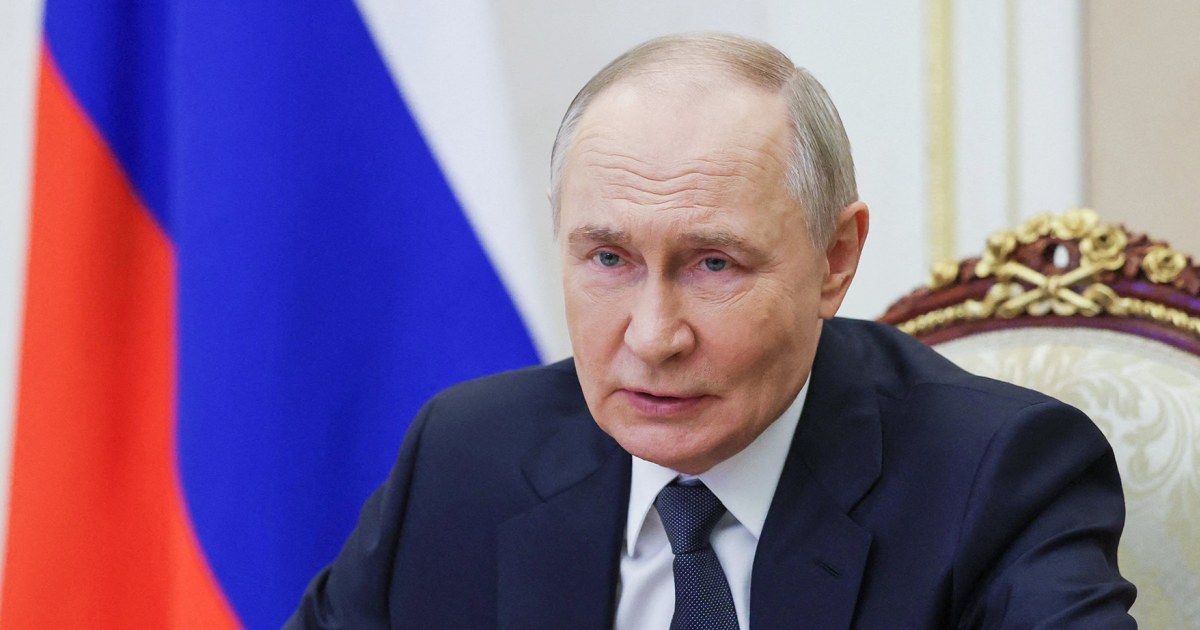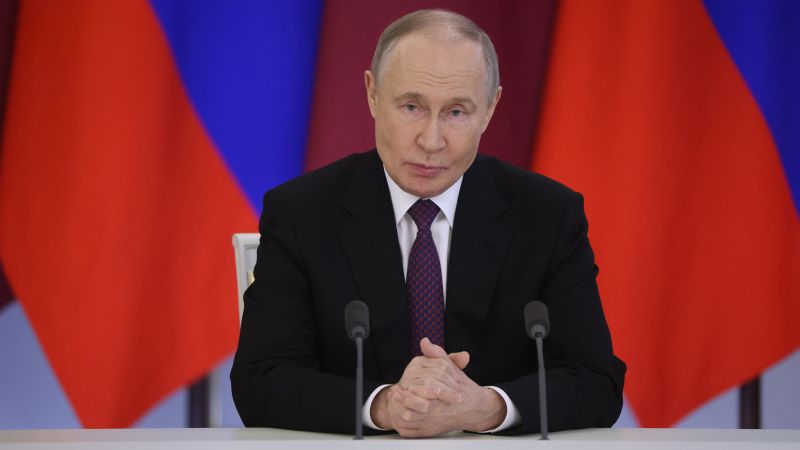Ukraine’s Easter Ceasefire Crumbles Amid Continued Attacks and Political Tension
Despite a announced ceasefire from Russia, Ukraine experiences ongoing attacks, raising questions about the sincerity of the truce and external political pressures.
Overview
Ukrainian President Zelenskyy dismissed a recent Easter ceasefire announced by Russia, stating the country continued shelling and assaults. Throughout the holiday, reports showed over 1,000 violations attributed to both sides, with Zelenskyy tracking hundreds of Russian attacks from the ceasefire's start. The truce, which sought to pause hostilities for humanitarian reasons, quickly unraveled, casting doubt on Russia's intentions. Amidst the conflict, a significant prisoner swap took place, with 277 Ukrainian soldiers returning home. Meanwhile, external pressures from U.S. officials could impact negotiation strategies as Zelenskyy calls for a more durable ceasefire that remains unanswered by Russia.
Report issue

Read both sides in 5 minutes each day
Analysis
- Putin declared a temporary Easter ceasefire, ordering his forces to stop military actions until the end of Sunday, but underscored readiness to respond to any violations.
- Zelenskyy expressed deep skepticism about the truce, pointing to ongoing Russian attacks and a history of failed ceasefires, stating that Putin 'cannot be trusted' and emphasizing the need for actions over words.
- The context of the ceasefire includes a notable prisoner swap and pressure from the U.S. for progress in diplomatic negotiations, with U.S. officials warning of disengagement if no clear signs of peace emerge.
Articles (26)
Center (12)
FAQ
President Zelenskyy dismissed the Easter ceasefire because Russian forces continued shelling and assaults throughout the truce period, violating the ceasefire hundreds of times as he tracked numerous attacks from its start.
More than 1,000 violations were reported during the Easter ceasefire period, with attacks attributed to both sides, but with a significant number attributed to Russian forces violating the truce.
The Easter ceasefire aimed to pause hostilities for humanitarian reasons, allowing for civilian evacuation, delivery of aid, and the observance of the religious holiday shared by Russians and Ukrainians.
A major prisoner swap occurred where 277 Ukrainian soldiers were returned home, marking the largest exchange in the conflict, with many freed soldiers being young people captured early in the war.
External pressures, especially from U.S. officials, have influenced negotiation strategies, as Zelenskyy calls for a more durable ceasefire which Russia has not reciprocated, highlighting geopolitical complexities affecting the peace process.
History
- 8M

 4 articles
4 articles
- 8M

 4 articles
4 articles
- 8M

 6 articles
6 articles

